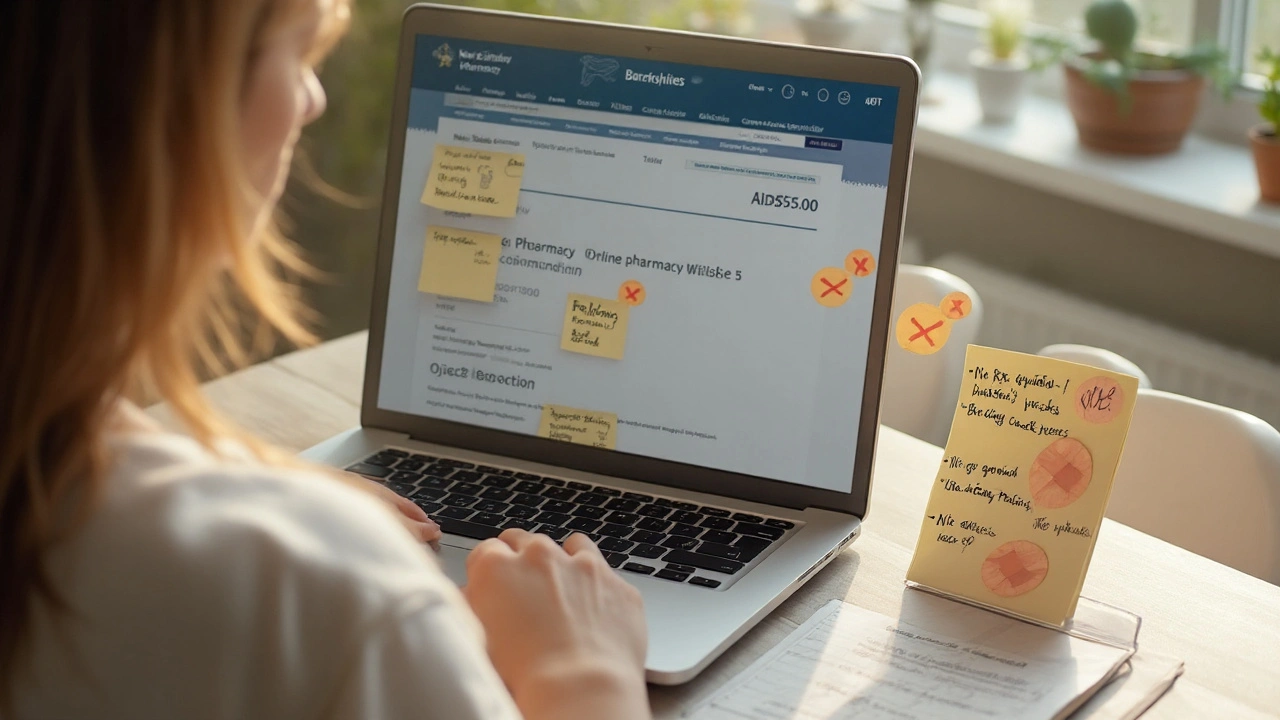Cymbalta Price Guide: What You Pay and How to Cut Costs
If you’ve been prescribed Cymbalta (duloxetine) you’ve probably checked the price and felt a pang. You’re not alone – medication costs can surprise anyone. Below you’ll see the real numbers, why they differ, and easy ways to pay less.
Typical Price Range
In the U.S. a 30‑day supply of brand‑name Cymbalta usually runs between $150 and $250, depending on the strength (30 mg, 60 mg, 120 mg) and the pharmacy. Generic duloxetine is cheaper, often $30‑$60 for the same month. Outside the U.S., prices can be lower; in Canada you might see $20‑$40 for the generic, while in some European countries it’s covered by national health plans.
What Makes the Price Jump?
Several things push the number up. First, brand‑name pricing includes the cost of research and marketing that the original maker paid. Second, each pharmacy adds its own markup, so the same script can cost different amounts at a big chain versus a local store. Third, insurance coverage matters – a plan with a high deductible will leave you with the full price, while a plan with a good formulary may only charge a small co‑pay.
Other factors are dosage and refill frequency. If you need 60 mg twice a day, you’ll buy more pills than a once‑daily 30 mg dose, so the total goes up. Finally, location matters – prices in big cities tend to be higher than in small towns.
Ways to Pay Less
Here are practical steps you can try right now:
- Ask for the generic. Most doctors will write duloxetine unless there’s a reason to stick with Cymbalta.
- Check pharmacy discount cards. Websites like GoodRx list coupons that drop the price by $20‑$80.
- Use your insurance formulary. Look up if duloxetine is on‑tier; if not, ask your doctor for an alternative that is.
- Buy a 90‑day supply. Many pharmacies give a lower per‑pill cost when you pick up three months at once.
- Consider reputable online pharmacies. Some Canadian or European sites ship duloxetine at a fraction of the U.S. price, but always verify they require a prescription and have good reviews.
Another tip is to join patient assistance programs. The manufacturer sometimes offers coupons or free‑month offers if you meet income criteria. It’s worth a quick call to see if you qualify.
Bottom Line
Cymbalta can be pricey, but you have options. Generic duloxetine is far cheaper, discount cards can shave off a lot, and buying larger supplies saves money too. Compare a few pharmacies, check your insurance, and don’t be shy about asking your doctor for the generic. With a little effort you can keep the cost from sneaking up on you.

